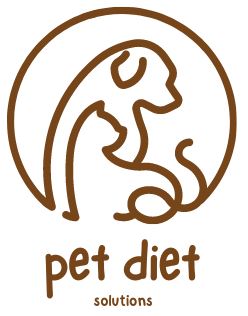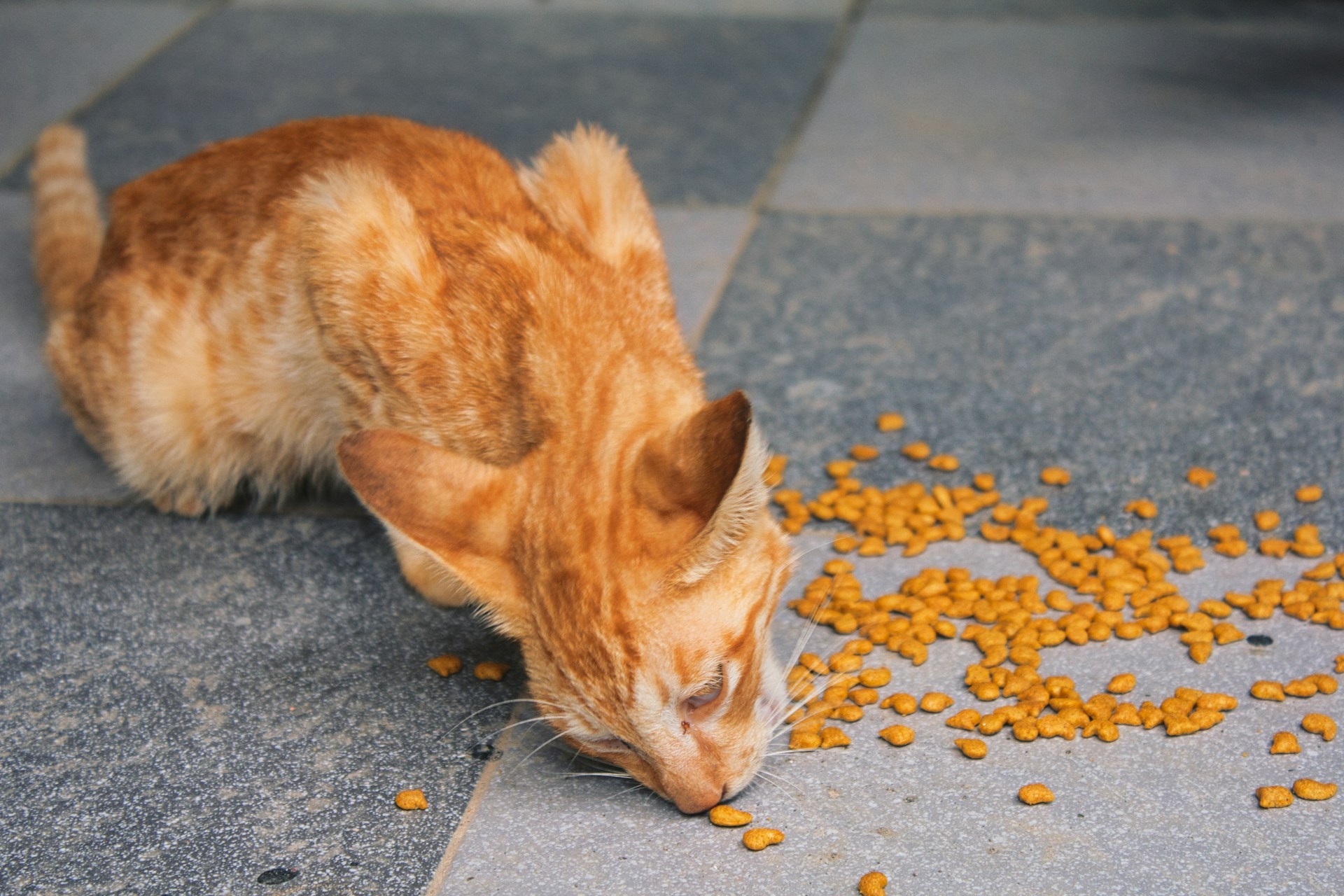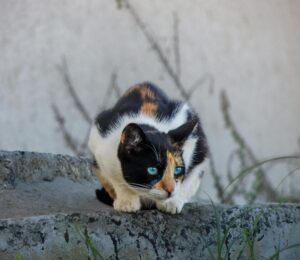Introduction
If you’ve got both cats and dogs at home, you’ve probably wondered, “Can cats eat dog food?” It might seem like a harmless swap, especially when your cat eyes the dog bowl with curiosity. But did you know that a cat’s diet plays a crucial role in its overall health? This blog post dives into why feeding your cat dog food isn’t just a bad idea—it’s a potentially dangerous one. We’ll explore the differences between cat and dog nutritional needs, the risks involved, and practical steps to ensure both your furry friends get the right nutrition they need.
Table of Contents
Understanding Cat and Dog Nutritional Needs

Differences in Dietary Requirements
Cats and dogs may both be carnivores, but their dietary requirements are quite different. Cats are obligate carnivores, meaning they must eat meat to survive. They need certain nutrients like taurine, arachidonic acid, and vitamin A, which they can only get from animal tissues.
Dogs, on the other hand, are omnivores. They can eat a mix of meat, grains, and vegetables. Their bodies can synthesize some nutrients, like taurine, that cats cannot. Because of these fundamental differences, cat food is specifically formulated to meet feline nutritional needs, while dog food is not.
Why Cat Food is Formulated for Felines
Cat food contains higher levels of protein and fat compared to dog food. It also includes essential nutrients like taurine, which is critical for maintaining heart and eye health in cats. Dog food, however, lacks these essential nutrients and can even contain ingredients that aren’t beneficial for cats, such as high carbohydrate content.
Cats also require more calories than dogs of similar size. If a cat regularly eats dog food, it could lead to nutritional deficiencies and severe health issues over time.
The Risks of Feeding Your Cat Dog Food
Potential Health Issues
Feeding your cat dog food isn’t just nutritionally inadequate; it can be harmful. One of the most alarming risks is taurine deficiency, which can lead to serious conditions like dilated cardiomyopathy (DCM) and blindness. Unlike dogs, cats can’t produce taurine on their own and must get it through their diet.
Another concern is the lack of adequate vitamin A and arachidonic acid. Deficiencies in these nutrients can result in skin problems, poor coat condition, and compromised immune systems.
Nutritional Imbalances
Dog food lacks the right balance of nutrients that cats need. Over time, consuming dog food can lead to malnutrition and a host of related health issues. For example, insufficient protein intake can affect muscle maintenance and energy levels in cats.
High carbohydrates in dog food can also pose a problem. Cats don’t need carbs in their diet, and excessive consumption can lead to obesity and related health problems like diabetes.
Common Scenarios Leading to Cats Eating Dog Food
Multi-Pet Households
If you have both cats and dogs, you’re likely familiar with the chaos of feeding time. It’s not uncommon for pets to sneak bites from each other’s bowls. In multi-pet households, this can become a regular occurrence if not managed properly.
Preventing Unintentional Consumption
To ensure your cat sticks to its cat food, consider setting up separate feeding areas. Elevate your cat’s food bowl to a height that dogs can’t reach. Use feeding schedules to monitor who eats when and where. These simple measures can prevent your pets from munching on each other’s meals.

Alternatives for Multi-Pet Households
Safe Feeding Options
Managing a multi-pet household requires a bit of strategy when it comes to feeding. One effective approach is to feed your pets in separate rooms. This ensures that each pet consumes only the food meant for them.
Balanced Nutrition
Look for pet food brands that offer balanced nutrition options tailored to each species. Some brands provide both cat and dog food with similar flavor profiles, making it easier to keep your pets happy without compromising their health.
How to Transition Your Cat Back to a Healthy Diet
Steps for Transitioning
If your cat has been eating dog food, it’s crucial to transition them back to a proper feline diet. Start by mixing a small amount of cat food into the dog food and gradually increase the cat food while decreasing the dog food over a week or two.
Monitoring Health
Keep an eye on your cat’s health during this transition. Look out for any changes in behavior, coat condition, or digestive issues. If you notice anything unusual, consult your veterinarian immediately.

Conclusion
Feeding your cat dog food can lead to severe health issues due to nutritional imbalances. Ensuring your cat receives a diet specifically formulated for its needs is essential for its well-being. Always be mindful of what your pets are eating, especially in multi-pet households.
For more pet health tips and advice on managing your furry friends’ diets, subscribe to our newsletter and stay updated. Your pets deserve the best, and a little attention to their dietary needs can make all the difference in their health and happiness.
if you like Read this






